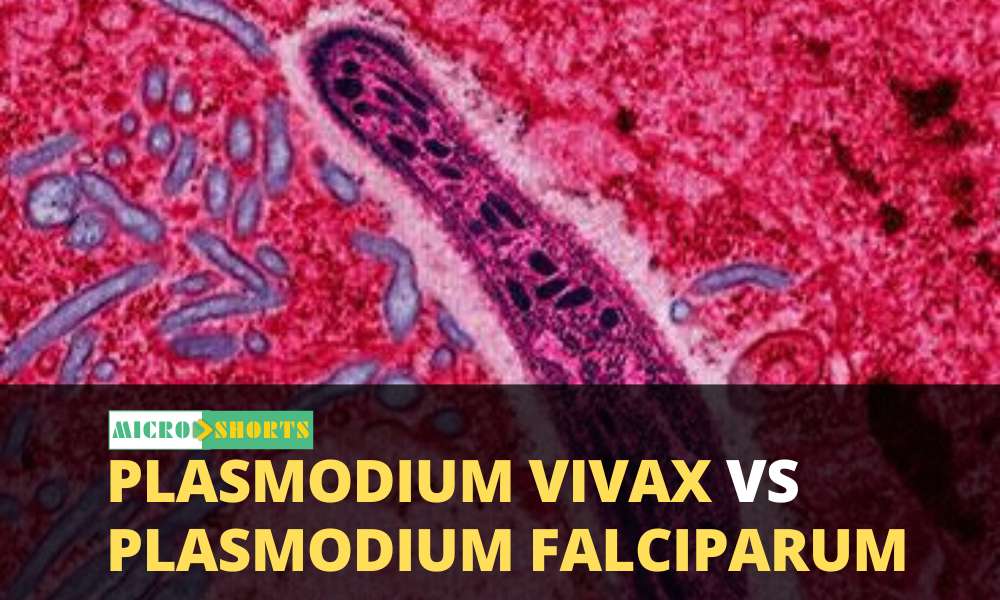Xerophile Definition and Characteristics
- Xerophiles are a group of extremophiles that are capable of surviving in environments with low availability of water or low water activity.
- Generally, xerophilic organisms are capable of growing at aw values lower than xerotolerant organisms (aw below 0.8).
- Two major types of the environment provide habitats for the most xerophilic organisms, namely foods preserved by some form of dehydration or organic solute-promoted lowering of aw and saline lakes, where low aw values are a consequence of inorganic ions.
- In environments where little water is available, organisms must take up and maintain sufficient water against extreme concentration gradients to support cellular processes.
- Xerophiles are of different types belonging to different groups of living beings. Xerophilic fungi represent a large group of xerophilic organisms.
- Eukaryotic organisms like plants capable of surviving at low water condition, called xerophytes are also xerophiles.
- Xerophiles are closely related to halophiles as halophilic environments tend to have low water activity.
- Even though water is crucial for many biomolecular processes in living beings, xerophiles have intricate means to survive in conditions with low water activity.
Xerophile Mode of adaptation
Dormancy
- One of the most common responses of prokaryotes to low water conditions is a reversible form of dormancy.
- These organisms under a temporary period of dormancy in the form of spores so that they reduce metabolic activity and resume normal metabolism when appropriate conditions are available.
- The formation of spores and reduction in metabolic activities provide long periods of survival for many microorganisms as well as larger eukaryotes.
Extracellular polysaccharides and biofilm formation
- Various xerophilic organisms form biofilms as it allows the survival of organisms in habitats with low moisture content.
- These biofilms consist of microbial aggregates and extracellular polysaccharides produced by those organisms.
- The extracellular polysaccharides in the biofilms are hydrophilic, which contributes to rapid water absorption rates and restoration of photosynthetic activity.
- Biofilm formation also reduces the need for large quantities of water as they occupy less space and have less metabolic activities.
Cell membrane
- The cell membrane of xerophilic organisms tends to have an increased ratio of fatty acids which creates a tighter lipid packing that preserves the membrane during desiccation.
- Increased cyclopropane fatty acid content in the membrane also reduces the membrane permeability to protons which thus, helps in balancing the intracellular pH.
- Xerophilic microorganisms adapt to low water activity by increasing the concentration of negatively charged phospholipids that facilitates the preservation of membrane bilayer structural integrity.
Proteins
- In the case of xerophytes, a range of proteins that counteract the effects of low water activity is produced.
- These proteins are rich in glycine and have a highly hydrophobic backbone that transitions into the ordered structure under desiccating conditions, preventing denaturation.
- Xerophilic cyanobacteria code for various shock response genes on dehydration that regulate the utilization of water in metabolic processes during desiccation.
Xerophile Examples
- Some common examples of xerophiles are Aspergillus penicillioides, Cereus jamacaru, Deinococcus radiodurans, Aphanothece halophytica, Anabaena, Bradyrhizobium japonicum, Saccharomyces bailli, etc.









Comments